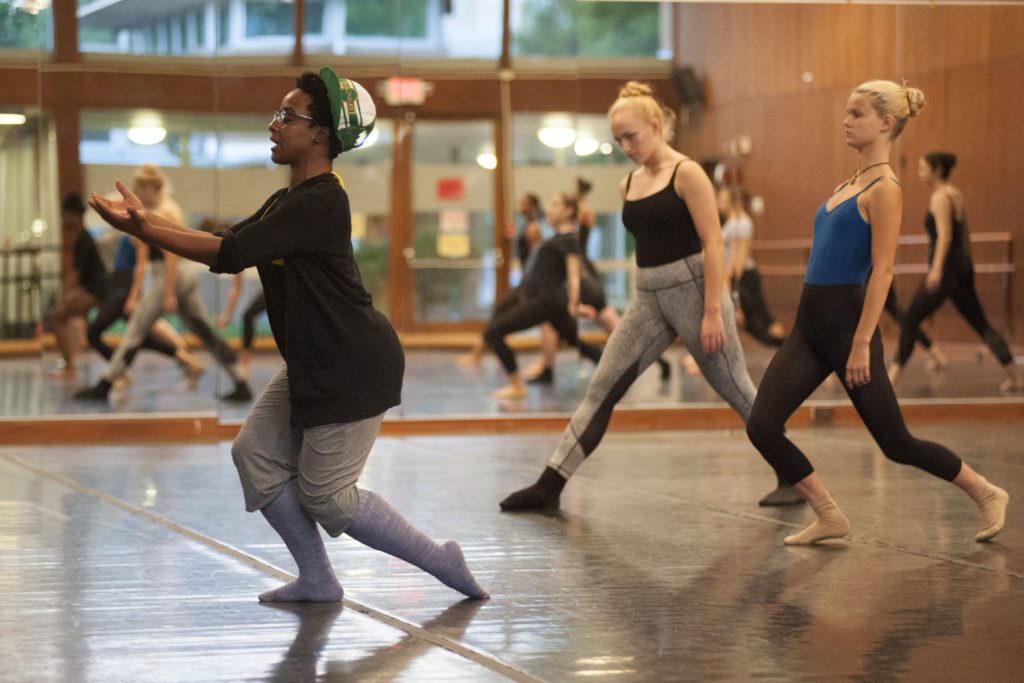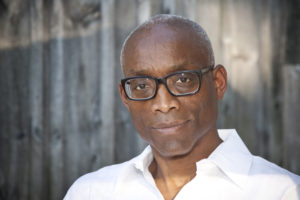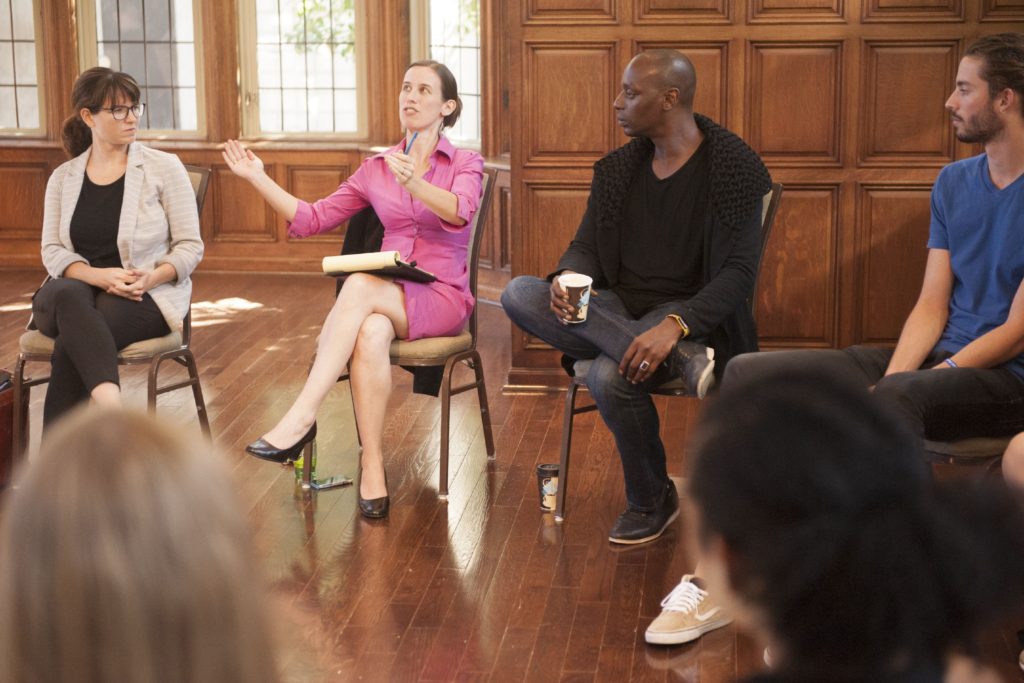
Bill T. Jones is a world-renowned choreographer and dancer. At 5 p.m. Thursday, Sept. 29, Jones will receive Washington University in St. Louis’ 2016-17 International Humanities Prize. The ceremony, which will take place in Edison Theatre, will include a lecture by Jones titled “A Talk on Art, Love and History.”

In this Q&A, Joanna Dee Das, assistant professor of dance in the Performing Arts Department in Arts & Sciences, talks with Jones about his career, his choreographic process and the new works that his Bill T. Jones/Arnie Zane Dance Company will present for Dance St. Louis Sept. 30 and Oct. 1 at the Touhill Performing Arts Center at the University of Missouri-St. Louis.
One paradox of dance is that many people see dance as this “exotic” form … and yet it’s ultimately the most familiar thing to a person: moving your body.
It is. When you see “So You Think You Can Dance” or you see a Beyoncé concert, sex is very big. We all think we understand that, but we also think, ‘Oh, well that is not for me. That is for them. That’s for me to look.’ My dance is not about someone trying to seduce you or sell you a product. It’s asking you to look at this instrument that we all share. We all share these same arms and legs. But look at the way those arms and legs are organized. Why would that be done? We all know that there are big people and small people. But look — there’s a small person lifting a big person in this world of dance.
And, yes, dancing can be exotic. It can be balletic, with double turns and amazing feats. Or it can be walking across the floor, sitting down, standing up. Pedestrian activities. This is the hallmark of the generation that I come from. Pedestrian activities are on the same continuum of a grand jété. But the choreographer makes the language out of them. That’s where the question comes in. What is this language at the service of? Now that’s what makes me fascinated with dance. There are all sorts of bodies and all sorts of movement, but what is the language that I can make that speaks to something that is beyond words?
For the full Q&A, visit the Center for the Humanities site.

Comments and respectful dialogue are encouraged, but content will be moderated. Please, no personal attacks, obscenity or profanity, selling of commercial products, or endorsements of political candidates or positions. We reserve the right to remove any inappropriate comments. We also cannot address individual medical concerns or provide medical advice in this forum.